
Exploring the Rich Heritage of Salaga Slave Market
Discover the poignant history and rich culture at the Salaga Slave Market, a vital museum that reflects Ghana's enduring legacy of resilience and heritage.
The Salaga Slave Market, a poignant historical site in Ghana, offers tourists a profound glimpse into the nation’s past, showcasing the impact of the transatlantic slave trade on local communities and culture. Visitors will be immersed in the rich narrative of Ghanaian heritage, making it an essential stop for history enthusiasts.
A brief summary to Salaga Slave Market
- Salaga - Atebubu Rd, Salaga, GH
- +233504943359
Local tips
- Consider hiring a local guide for a more in-depth understanding of the site's historical significance.
- Allocate sufficient time to explore the exhibits and engage with the stories shared by the guides.
- Visit early in the day to avoid crowds and make the most of your experience.
Getting There
-
Car
If you are driving from any location in the Bono East Region, you will want to navigate to the Salaga - Atebubu Rd. From the town of Techiman, take the N10 road heading north. Continue on this road for approximately 40 kilometers until you reach the junction with the Salaga - Atebubu Rd. Turn left onto Salaga - Atebubu Rd and continue for about 20 kilometers until you reach Salaga. The Salaga Slave Market is located along this road, and you will find signs directing you to the historical site.
-
Public Transportation
To reach Salaga Slave Market via public transportation, you can take a shared taxi or a bus from Techiman to Salaga. Shared taxis leave frequently from the main bus station in Techiman and the fare is approximately 10 GHS per person. The journey will take around 1 hour. Once you arrive in Salaga, the slave market is a short walk from the taxi drop-off point. You can ask locals for directions if needed.
-
Walking
Once you arrive in Salaga, if you are near the town center, you can walk to the Salaga Slave Market. It is located approximately 1 kilometer from the center of town. Head southeast on Salaga - Atebubu Rd, and you will see signage pointing towards the market. The walk will take about 15 minutes.
Discover more about Salaga Slave Market
Iconic landmarks you can’t miss
Yeji Market
37.9 km
Discover the authentic essence of Ghana at Yeji Market, a vibrant marketplace brimming with fresh produce, local crafts, and culinary delights.
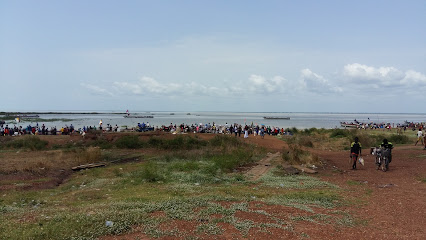
Ebenezer Hotel
38.2 km
Experience warm hospitality and explore the beauty of Yeji at Ebenezer Hotel, your cozy getaway in Ghana's lakeside paradise.

Banda
54.6 km
Discover the vibrant Banda Market in Ghana's Oti Region, where local culture, fresh produce, and unique crafts come together for an unforgettable experience.
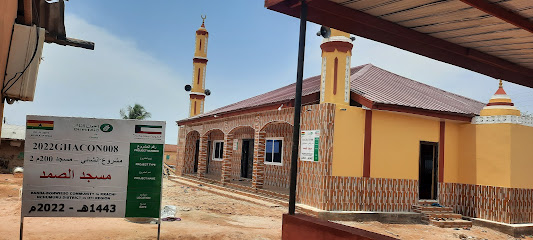
Bowling Alley
86.9 km
Experience fun and excitement at Trohwe Bowling Alley, the perfect destination for bowling enthusiasts and casual players alike.

Cotonou, Benin
89.3 km
Explore the vibrant culture, stunning coastlines, and rich history of Cotonou, Benin's bustling economic capital, perfect for every traveler.

ThewesttribeheritageGHANA
91.1 km
Discover the vibrant cultural heritage of Ghana through engaging performances, crafts, and local traditions at ThewesttribeheritageGHANA.

Afro Nyanka Tours
91.1 km
Discover the beauty and culture of Ghana with Afro Nyanka Tours, your guide to unforgettable travel experiences in West Africa.
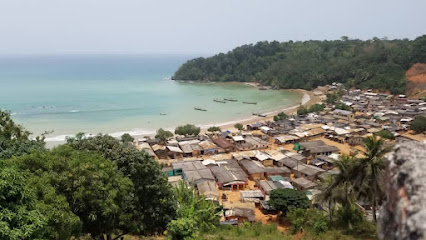
Baba Yara Sports Stadium
91.1 km
Experience the thrill of sports at Baba Yara Sports Stadium, a vibrant arena in Kumasi, Ghana, where passion and culture collide.
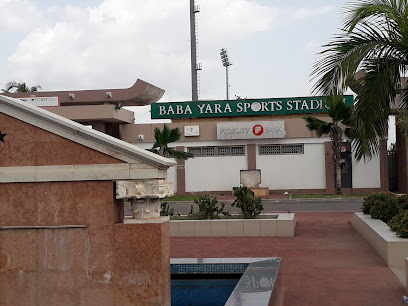
Dambai Lake Side 2
92.3 km
Experience the tranquil beauty of Dambai Lake with a ferry ride that connects you to nature and local culture in Ghana's serene landscapes.
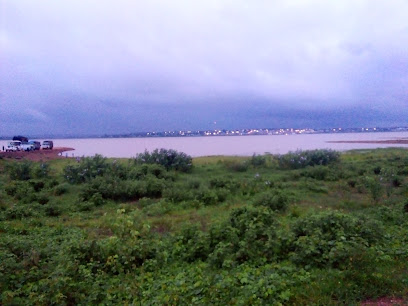
Dambai Ferry Site
93.0 km
Discover the beauty of the Volta River at Dambai Ferry Site, where scenic ferry rides meet local culture and breathtaking landscapes.

Krachi East District Assembly Guest House
95.6 km
Discover the serene beauty of Dambai at the Krachi East District Assembly Guest House, your perfect getaway in Ghana's lush landscapes.

White Volta
96.3 km
Explore the historical significance and natural beauty of the White Volta in Yipala, Ghana—a serene escape for nature lovers and cultural enthusiasts.

BANTAMA- BONO EAST REGION, GHANA
96.5 km
Explore the beauty and culture of Bantama, Bono East Region, Ghana, where hospitality meets stunning landscapes and rich traditions.
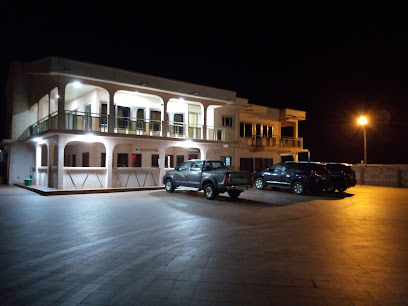
Krachi-Adankpa
97.0 km
Explore the vibrant culture and natural beauty of Krachi-Adankpa, an authentic Ghanaian housing society in Kete-Krachi.

Jeyads Lodge
97.3 km
Experience comfort and local culture at Jeyads Lodge, a welcoming hotel in Tamale, Ghana, perfect for travelers seeking authentic adventure.

Unmissable attractions to see
Salaga Community Astro-Turf Park
0.3 km
Discover the vibrant Salaga Community Astro-Turf Park, a perfect blend of sports, relaxation, and local culture nestled in the heart of Salaga.
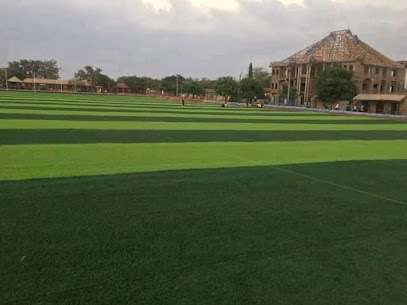
Salaga Slave bath
1.1 km
Explore the Salaga Slave Bath, a significant historical site in Ghana, reflecting on the legacy of the transatlantic slave trade and its impact on culture.
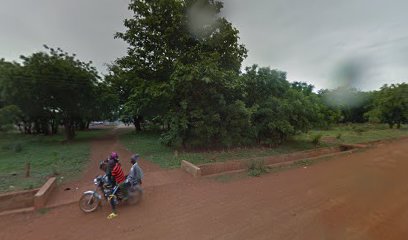
Bossu Hunter house
72.6 km
Discover the breathtaking trails and serene landscapes of Bossu Hunter House, a hiking paradise in Bimbila, Ghana, perfect for nature lovers and adventurers.

Akyem Swedru Meeting Park
86.9 km
Experience tranquility at Akyem Swedru Meeting Park, a green oasis in Ghana perfect for relaxation, picnics, and community gatherings.

Boti falls
86.9 km
Discover the enchanting Boti Falls in Ghana, a breathtaking natural wonder surrounded by lush greenery, perfect for relaxation and adventure.

Paradise beach Tema
86.9 km
Discover Paradise Beach in Tema, Ghana – an idyllic destination of soft sands, clear waters, and vibrant local culture for every traveler.

Kikam
86.9 km
Explore Kikam in Trohwe, a captivating tourist attraction blending stunning landscapes with rich Ghanaian culture for an unforgettable experience.

Mount Afadjato
86.9 km
Discover the breathtaking beauty and cultural richness of Mount Afadjato, Ghana's highest peak, offering unforgettable hiking and scenic views.

Ганаа байв
86.9 km
Explore the stunning Ганаа байв garden in Trohwe, where vibrant flora meets serene pathways for a perfect nature retreat.

Shai Hills Resource Reserve
91.1 km
Discover the rich wildlife and breathtaking landscapes of Shai Hills Resource Reserve, a must-visit nature haven in Ghana.
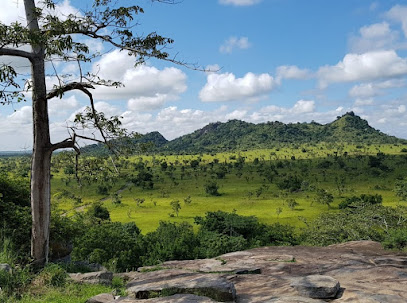
Mabbina Park
91.1 km
Explore Mabbina Park, a lush recreational haven perfect for picnics, sports, and serene walks in nature's embrace.

Lapas Park
94.1 km
Experience the tranquility of Lapas Park in Dambai, a lush retreat perfect for relaxation, picnics, and enjoying nature's beauty.
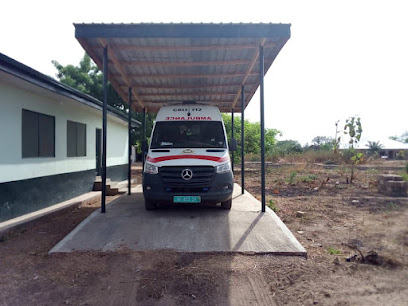
Dream Village Biohub
94.6 km
Experience authentic Ghanaian cuisine and sustainable agriculture at Dream Village Biohub, a unique community hub in Dambai.

Kete Krachi Market
98.9 km
Explore Kete Krachi Market, a vibrant Ghanaian hub teeming with local crafts, delicious street food, and authentic cultural experiences.

Horticulture Plant House
99.9 km
Discover the serene beauty of the Horticulture Plant House in Tamale, an oasis of lush greenery and diverse plant life for nature lovers.

Essential places to dine
Savanna city cuisine ( restaurant)
1.6 km
Experience authentic Ghanaian flavors at Savanna City Cuisine in Salaga - a culinary gem showcasing local ingredients and traditional dishes.

BOWMARIE RESORT
56.7 km
Discover Bowmarie Resort: A culinary haven offering exquisite dining and comfortable accommodations amidst Kpandai's stunning landscapes.
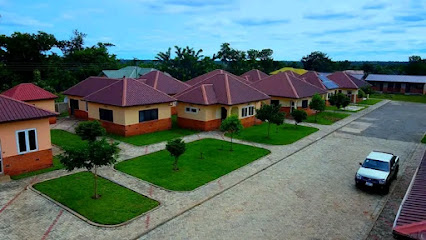
Miracles rest stop, Kyinderi
60.7 km
Experience authentic Ghanaian flavors at Miracles Rest Stop in Kyinderi - your perfect travel companion.
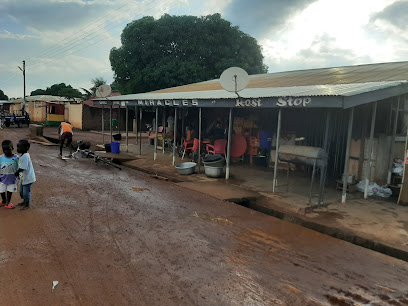
WALJI RESTAURANT
71.4 km
Experience authentic Ghanaian cuisine at Walji Restaurant—where every meal tells a story of flavor and culture.

Agya farms
86.8 km
Discover Agya Farms in Trohwe - A delightful breakfast spot serving authentic Ghanaian cuisine with fresh ingredients.

John does it(CHOPSTICKS RESTAURANT 🥢)
86.9 km
Experience authentic Chinese flavors at John Does It (Chopsticks Restaurant) in Ghana - a true culinary delight!

morocco food ghana
86.9 km
Savor the essence of Ghana at Morocco Food - where fresh seafood meets traditional donburi delights in Trohwe.

Mouhamed Bouboucar arzeka maïga
86.9 km
Experience authentic Ghanaian cuisine at Mouhamed Bouboucar Arzeka Maïga in Trohwe - a culinary journey filled with vibrant flavors and local charm.

There Are Too Many People In The World
86.9 km
Discover authentic Ghanaian cuisine at Trohwe's unique restaurant offering warm hospitality and flavorful dishes that celebrate local culture.

Yajobea catering services
87.2 km
Experience authentic Ghanaian cuisine at Yajobea Catering Services in Trohwe - where every dish tells a story.

Couple's Magic
92.0 km
Discover the enchanting flavors at Couple's Magic in Accra – where romance meets culinary excellence.
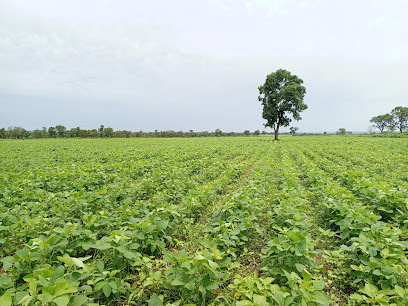
Royal Chop Bar and Pub
93.6 km
Experience authentic Ghanaian flavors at Royal Chop Bar and Pub in Dambai—where culinary tradition meets vibrant atmosphere.

Large Tree Shop24
95.7 km
Experience authentic Ghanaian cuisine at Large Tree Shop24 in Tamale, where flavor meets warmth and hospitality.
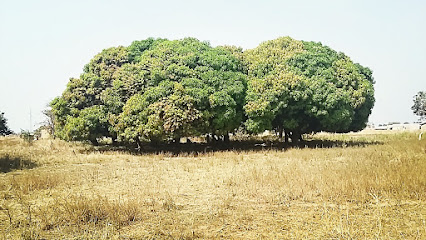
R. Hide-Out Lounge
96.9 km
Experience authentic Ghanaian flavors at R. Hide-Out Lounge in Tamale - a must-visit culinary destination for every traveler.
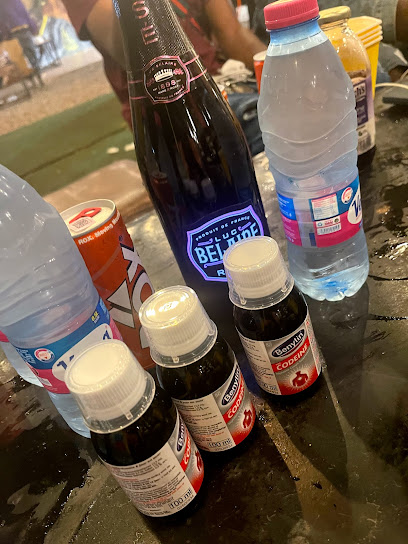
Likers Restaurant
97.0 km
Experience authentic Ghanaian flavors at Likers Restaurant in Tamale – where tradition meets taste.
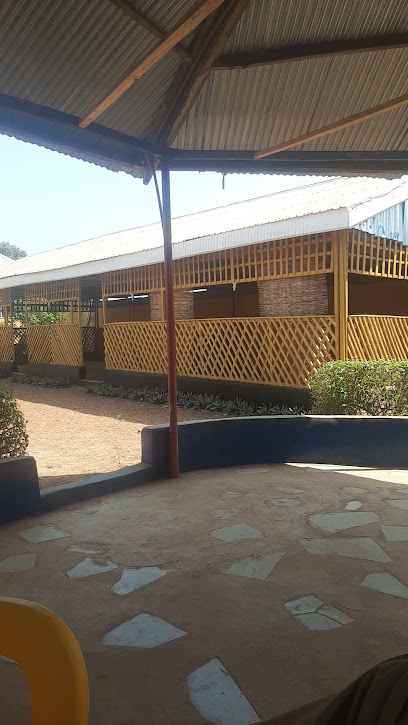
Markets, malls and hidden boutiques
Azigi's Collection
38.2 km
Discover the eclectic beauty of Ghanaian craftsmanship at Azigi's Collection, Yeji's premier fashion accessories store for unique souvenirs.
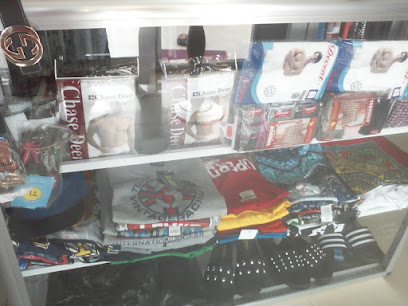
AKOS ENT.
45.0 km
Experience the vibrant shopping and rich local culture at Akos Ent. Shopping Mall in Gulbi, a must-visit destination for every tourist.
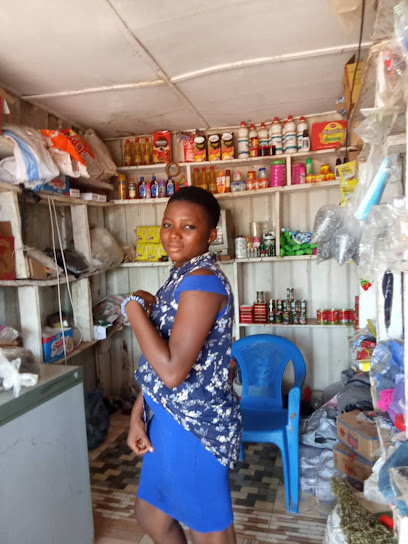
Kpandai
56.4 km
Explore Kpandai, Ghana: A vibrant electronics hub intertwined with rich cultural experiences and local charm.
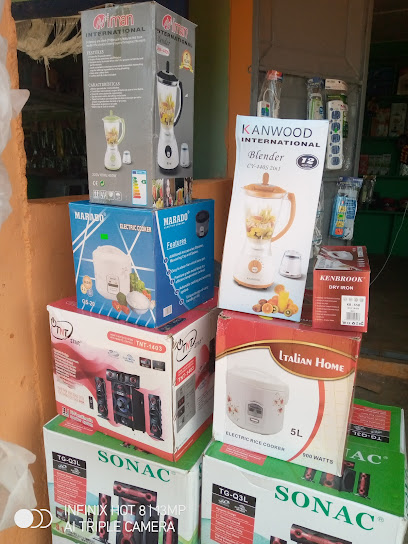
VictoriaTichey Kente/Smoke Shop
56.6 km
Discover the vibrant world of Ghanaian fashion at VictoriaTichey Kente/Smoke Shop, where tradition meets style in Katiajeli.

Kpandai Market
56.7 km
Explore the vibrant Kpandai Market, a hub of local culture and commerce in Ghana, offering fresh produce, crafts, and unique souvenirs.
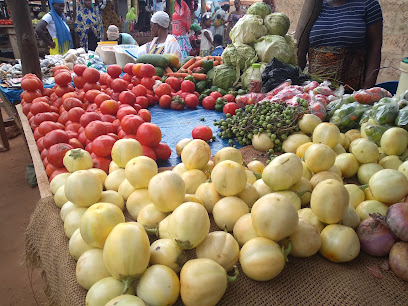
THY GRACE ENTERPRISE
56.8 km
Explore Thy Grace Enterprise in Katiajeli for an authentic experience of Ghana’s building materials market, blending commerce with local culture.

AFriNET COMPUTER SERVICES & STATIONERY
60.3 km
Discover quality printing services at AFriNET Computer Services & Stationery in Kyinderi, perfect for tourists needing documents or souvenirs.
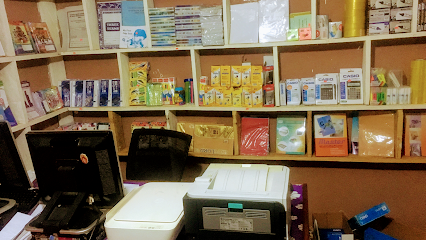
Rocky phones and accessories
60.6 km
Discover Rocky Phones and Accessories in Grubi/Bejamse street for top-notch grooming and the latest mobile gadgets in one place.
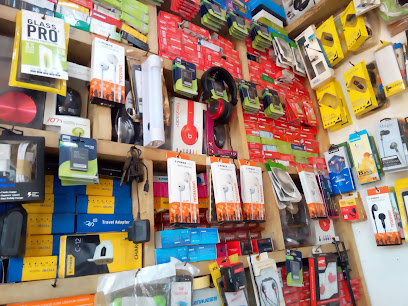
Eyrams Boutique
60.6 km
Discover unique fashion and local culture at Eyrams Boutique in Kyinderi, where style meets tradition in every piece.

Jesus Alone
60.7 km
Discover authentic Ghanaian goods and warm hospitality at Jesus Alone Store in Kyinderi, a must-visit for every traveler.
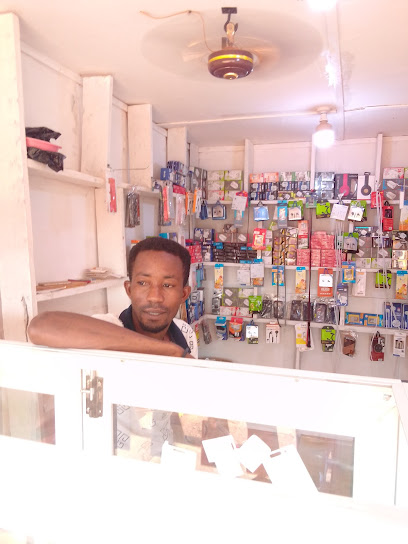
Kings&Queens Collection
60.8 km
Explore the vibrant Kings&Queens Collection in Kyinderi for unique clothing and a taste of local fashion culture.

Market
60.9 km
Discover the vibrant Market in Kyinderi, where local craftsmanship meets a lively atmosphere, perfect for an authentic Ghanaian experience.
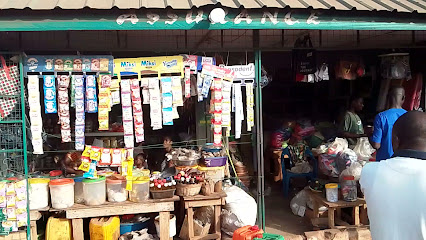
Anyinamae Market
67.9 km
Immerse yourself in the vibrant culture of Ghana at Anyinamae Market, where fresh produce, local crafts, and delicious street food await.

AWURADENE NE ME HWEFO STORE
68.9 km
Experience the essence of Ghanaian culture at Awuradene Ne Me Hwefo Store, where local goods meet community spirit in Borae.

Yesu Adom Enterprise
79.4 km
Experience the local charm and diverse offerings of Yesu Adom Enterprise, your go-to general store in Hiamankyen.

Essential bars & hidden hideouts
Pub 4
0.8 km
Discover the lively nightlife of Salaga at Pub 4, a vibrant bar offering a variety of drinks and a welcoming atmosphere for tourists and locals alike.
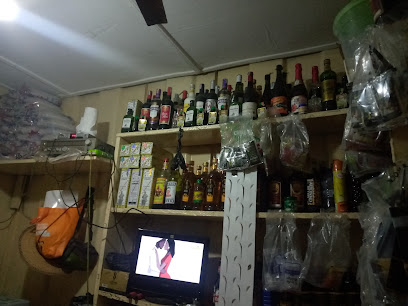
Adom Fast Food
40.2 km
Discover the heart of Ghanaian cuisine at Adom Fast Food in Yeji – a lively bar offering authentic flavors and a welcoming atmosphere.

Alaska Spot
54.9 km
Discover the lively atmosphere of Alaska Spot in Buya, where local culture and vibrant nightlife come together for an unforgettable experience.
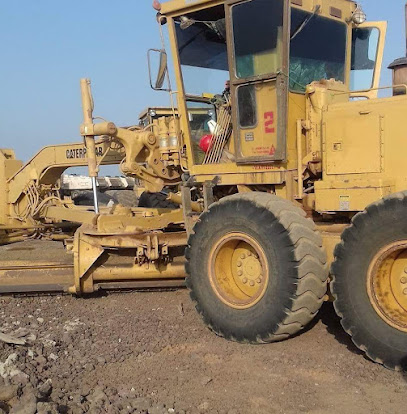
Sista abbi Special
55.0 km
Experience the authentic tastes of Ghana at Sista abbi Special, a culinary delight in Burai, perfect for tourists seeking local flavors.

Happy day bar
55.0 km
Experience the vibrant nightlife and friendly atmosphere at Happy Day Bar in Banda, where refreshing drinks and local music await.

Kwasi Drinking Bar . Okpanjani
56.2 km
Experience the vibrant nightlife and authentic local flavors at Kwasi Drinking Bar in Tale, the perfect spot for relaxation and socializing.

Yaw Ali Arena Pub
56.8 km
Discover the lively Yaw Ali Arena Pub in Kpandai, where local culture meets a vibrant nightlife experience, perfect for tourists seeking authentic Ghanaian flavors.
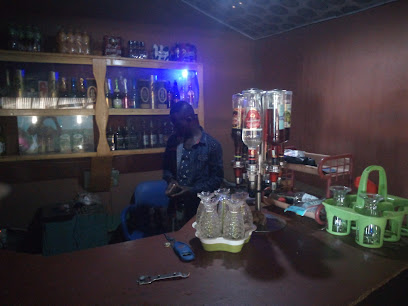
Adiza Food Joint
60.6 km
Discover authentic Ghanaian flavors at Adiza Food Joint in Kyinderi, where traditional dishes meet a warm and inviting atmosphere.
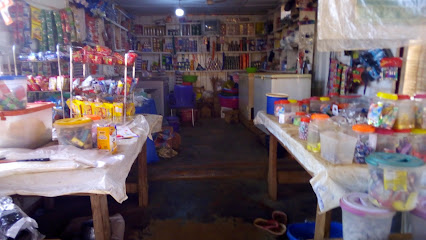
I Beg God Enterprise
60.7 km
Discover I Beg God Enterprise: A vibrant bar in Kyinderi, serving local drinks and an unforgettable atmosphere.
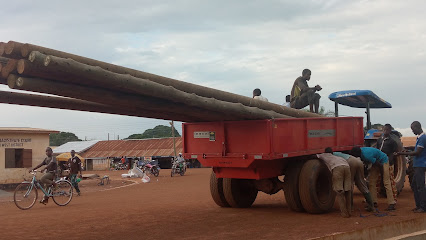
Korkorlikor's Barbering shop
60.7 km
Experience traditional barbering in Kyinderi at Korkorlikor's Barbering Shop, where grooming meets local culture in a warm, inviting atmosphere.

ADOM FOOD AND COLD STORE
68.7 km
Discover authentic Ghanaian cuisine at Adom Food and Cold Store in Borae, where every bite tells a story of local culture and flavor.

Blondies
86.9 km
Experience authentic Ghanaian cuisine at Blondies in Golf City, where vibrant flavors and a welcoming atmosphere await you.

Elubo
86.9 km
Experience the lively atmosphere of Elubo Bar in Trohwe, where local drinks and culture come together for an unforgettable night out.

Prestea-sankofa
86.9 km
Experience the heart of Ghanaian nightlife at Prestea-Sankofa, a vibrant bar in Trohwe offering local drinks and a welcoming atmosphere.

Kosby Pub
86.9 km
Discover the lively Kosby Pub in Trohwe, a perfect blend of local flavors, vibrant atmosphere, and great company, ideal for a night out.




